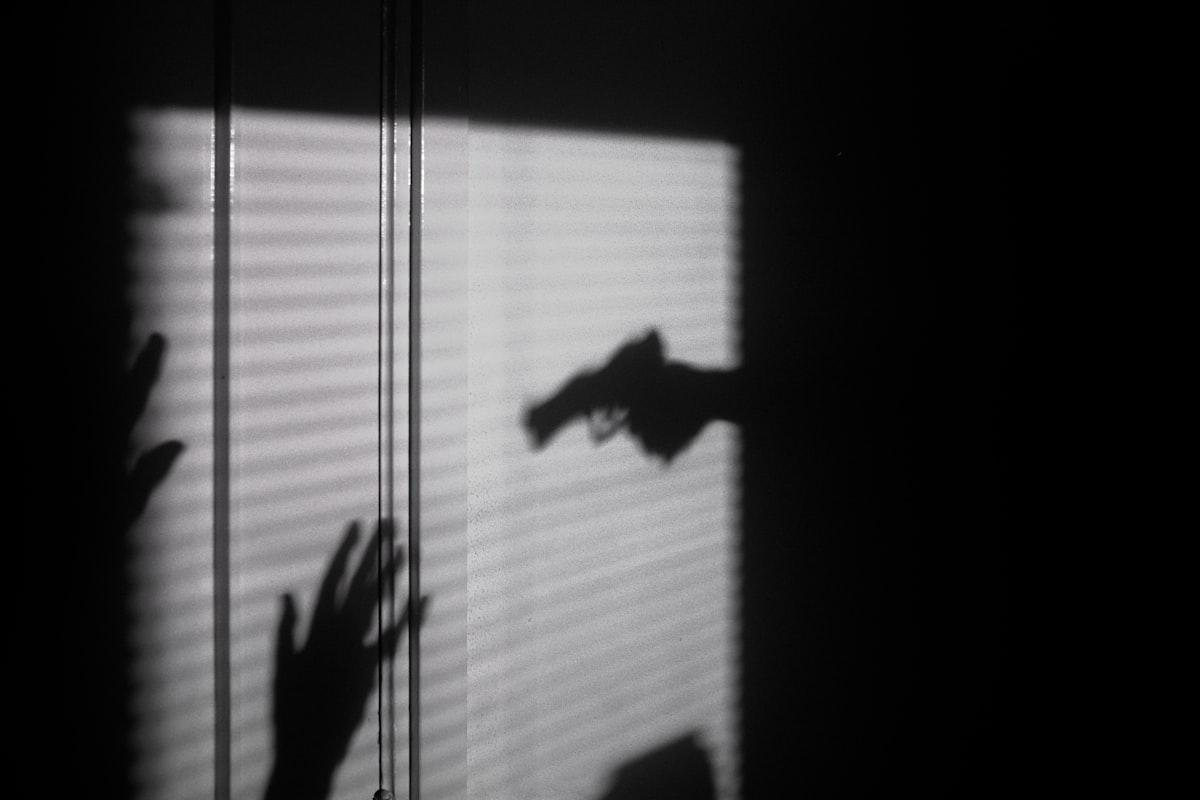These are the most unsafe cities in Mexico
66.4% of the population aged 18 and over consider that living in their metropolis is dangerous in these cities in Mexico.

This Monday, INEGI released the results of the National Urban Public Safety Survey, conducted in March 2021, and revealed that in Mexico 66.4% of the population over the age of 18 considers their city to be unsafe. According to the agency, the figure decreased compared to that recorded in December and March 2020, when it stood at 73.4% and 68.1%, respectively.
In addition, the new study confirmed that the perception of insecurity continues to be higher in the case of women: seven out of 10 (71%) felt that the metropolis in which they reside is dangerous, compared to six out of 10 men (60.9%).
By physical spaces, the majority of citizens indicated that the places where they feel the least safe are the ATMs located on public roads (79.5%); public transportation (71.2%); the bank (63.4%); the streets they usually use (59.2%), the market (51.6%); the recreational park (49.2%) and the highway (49.1%).
As for the crimes or antisocial behaviors they saw or detected around their homes, they pointed out in first place the consumption of alcohol in the streets (60.6%); also robberies or assaults (52.7%); vandalism in homes or businesses (41.8%), frequent shooting with weapons (38.8%); as well as sale and consumption of drugs (38.1%).
In addition, the study showed that in March 2021, the most unsafe city in the country was Fresnillo, in Zacatecas. Nine out of 10 inhabitants (94.2%) felt that living there is dangerous. In contrast, the most peaceful metropolis is San Pedro Garza García, in Nuevo León. Only one person in 10 considered its streets to be unsafe.
The data shows how in Jalisco the percentage increased notably in three cities: Zapopan, Tonalca and Tlajomulco de Zúñiga. In addition, the change in Merida is striking, which despite being one of the safest cities in the country, went from 24.6% in 2020 to 30.3% in 2021.




